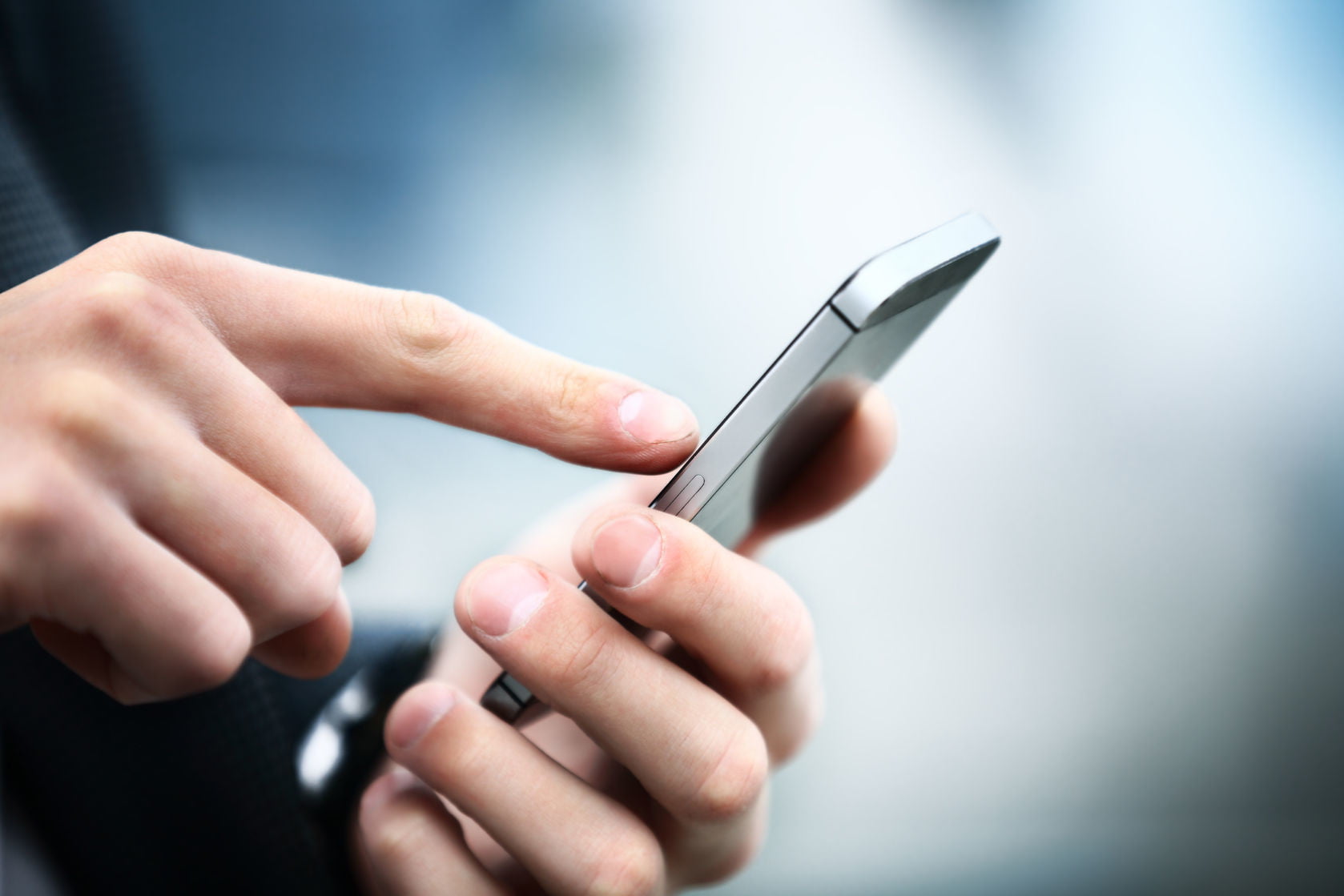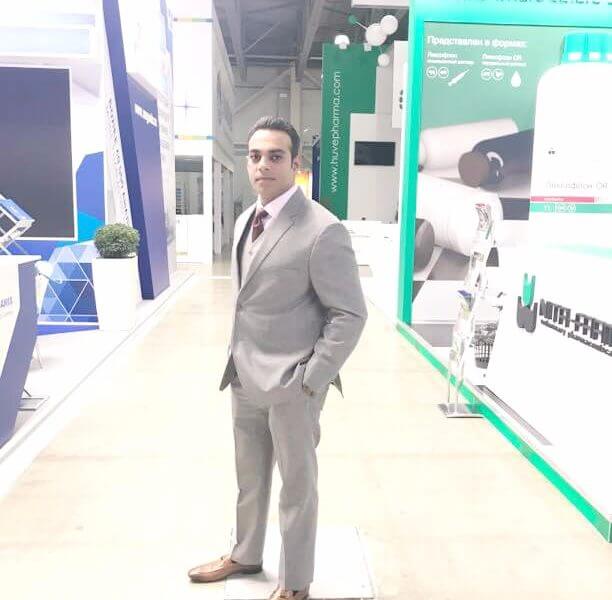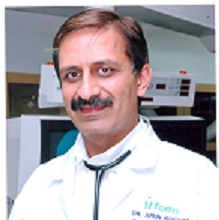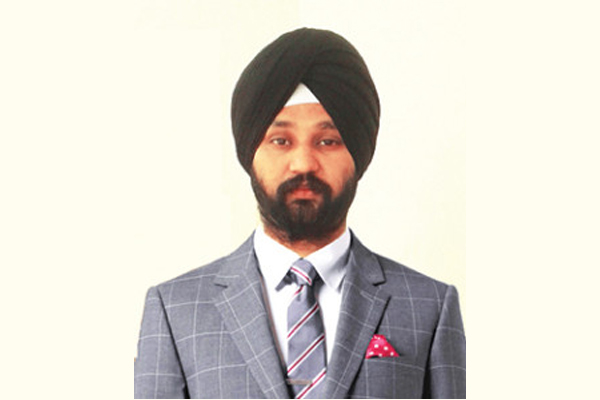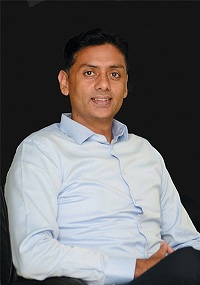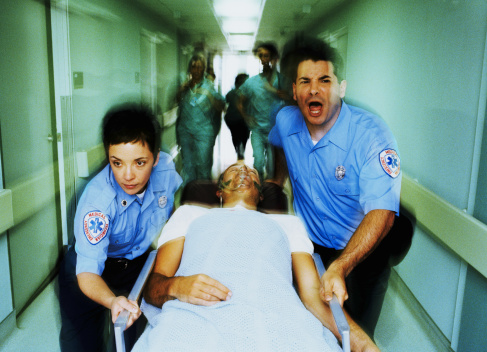
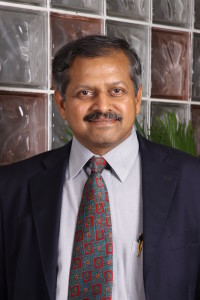 A smartphone in a doctors’ pocket turns into a “Virtual Emergency Room” from where he can not only monitor the vitals but can also monitor the patients at multiple levels with different degrees of interactivity, shares Dr Shrikant Parikh, CEO, A3 Remote Monitoring Technologies Pvt Ltd with Elets News Network (ENN)
A smartphone in a doctors’ pocket turns into a “Virtual Emergency Room” from where he can not only monitor the vitals but can also monitor the patients at multiple levels with different degrees of interactivity, shares Dr Shrikant Parikh, CEO, A3 Remote Monitoring Technologies Pvt Ltd with Elets News Network (ENN)
Introduction

The goal of Emergency Management is to provide the accident victims, e.g. on highways, emergency trauma treatment right at the sport of the emergency by remote trauma specialist. 98 per cent of lives lost in trauma situation can be saved by a remote trauma specialist with right technology. A3 has developed a set of technologies to precisely achieve that.
The latest advances in emergency wireless health technologies can enable a rapid monitoring, diagnostic and emergency management response anywhere in country by an expert medical doctor who could be anywhere in country or for that matter any where in the world. This can potentially save lots of lives.

A3.CritiView Series patient side unit
These state-of-art technologies require a synthesis of several disciplines namely – wireless, networking, digital signal processing, bio-med engineering and algorithms.


Latest technologies are a synthesis of algorithms, bio-med engineering, etc.
Equipped with these technologies, a smartphone in a doctors’ pocket turns into a “Virtual emergency room” from where he can not only monitor the vitals but can also monitor the patients at multiple levels with different degrees of interactivity. Thereby the doctor can more comprehensively manage the medical emergency.
Such a technology has no restrictions of time, distance and location.In fact, this kind of emergency care can be made available anywhere in the country, be it in the Himalayas, glaciers, forests and so on. It is possible for the medical data to flow upward & downward in real time for timely & correct line of treatment. This involves minimal / no physical movement of the specialists.
While the resources are always on the decline, the work load is perpetually on the rise. This gap can only be bridged by leveraging technology. These technologies can play a critical role in the effectiveness and reach of the expert doctors.
Handling Medical Emergencies : The new paradigm
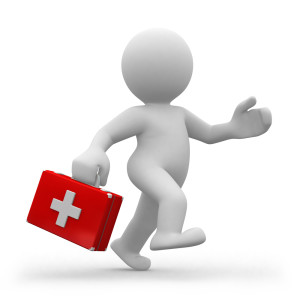
Technologies can play a critical role in the effectiveness & reach of the expert doctors
In modern times, there is a strategic global necessity to manage the medical emergencies, right at the scene of emergency. E.g., these emergencies can arise unexpectedly anywhere because of injuries caused in an accident or in battles.
An immediate, local response is required to reduce the fatalities.
It is not practical to expand the existing medical infrastructure by an order of magnitude. Without investing significantly in Emergency Response System infrastructure, it is possible to increase its reach, range and effectiveness by an order of magnitude without a corresponding increase in infrastructure involving heavy expenditure.
What is possible with the remote medical technology?
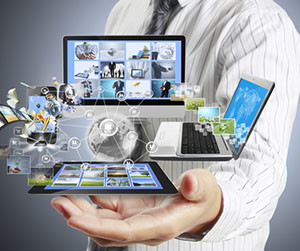
Latest technologies enable remote monitoring anywhere, anytime
A doctor from anywhere in country can monitor the wounded person “ while the person is still very much at the accident spot or travelling to hospital which may be at a fair distance. The doctor can monitor, using his hand-held device like a smartphone, the patient and his vitals at various levels of interactivity depending on the severity of the conditions: from a completely static level to a completely live level. There are additional levels in between. The doctor can also consult in real time with other experts who could be in different parts of country etc. Also, all this is possible while the patient is in a moving ambulance or lying wounded at the accident spot.
At the scene of the emergency, no specialist is needed. A semi-skilled person can be trained in less than an hour to operate the patient side equipment: very important for quick deployments.
This technology can also help the Emergency Response team to manage natural disasters or can be used for in the hospital applications. These are too numerous to be listed here.
What are typical medical conditions?
Following are the typical medical emergencies which can arise in an operational setting where a timely, remote technology enabled monitoring, diagnosis and management can play a life-saving role (Emergency care to be given at the scene of the emergency to reduce fatalities)
- Cuts and Wounds : Inspection and stabilisation of the wound
- Trauma Management: Quick stabilisation of the patient
- CVD, MI : a within golden-hour response
- Skin injuries, burns
Functionally, what is minimally expected from these solutions ?
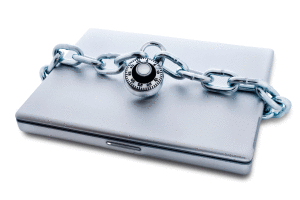
Medical information should be stored in a secure manner protecting confidentiality of data
These have to be highly reliable and fault tolerant. The skill requirements have to be rather low. The patient needing assistance may be lying or mobile in an ambulance van: the technology should be able to serve both situations that include static and mobile. The remote doctor should be able to track the exact location of the patient. The delivery of the information has to be guaranteed with fast turnaround time. The medical information communicated to the doctor should be highly precise. The equipment should be usable in a no-power, weak communication link environment (hostile environment). There should be absolutely no loss of data and it should be possible to access EMRs from anywhere. The medical information should be stored in a secure manner protecting confidentiality of data.
How to source these solutions ?

Wireless Remote technologies are being leveraged in developed countries
Advanced countries in world are leveraging similar medical technologies and concepts now. The global trends in the realm of emergency care also point to the Wireless Remote, On-the-spot Medical Emergency Management. This is to reduce fatalities and reduce further deterioration in the condition of the patients.
Be a part of Elets Collaborative Initiatives. Join Us for Upcoming Events and explore business opportunities. Like us on Facebook , connect with us on LinkedIn and follow us on Twitter , Instagram.




